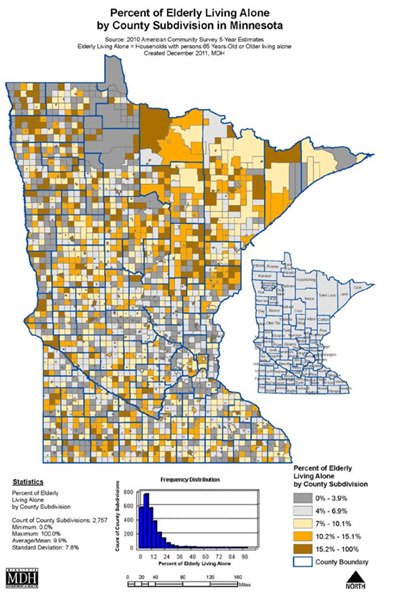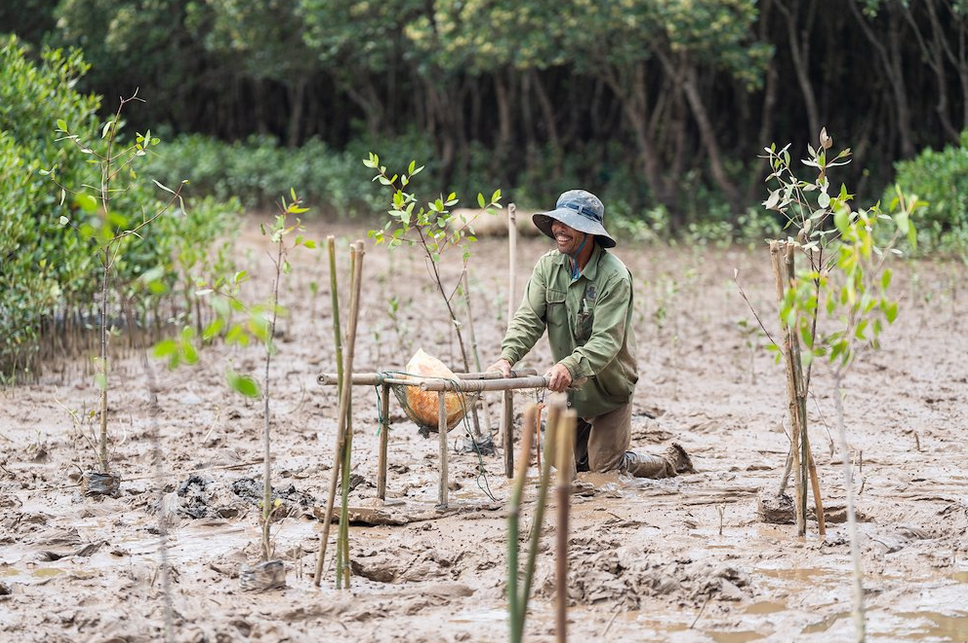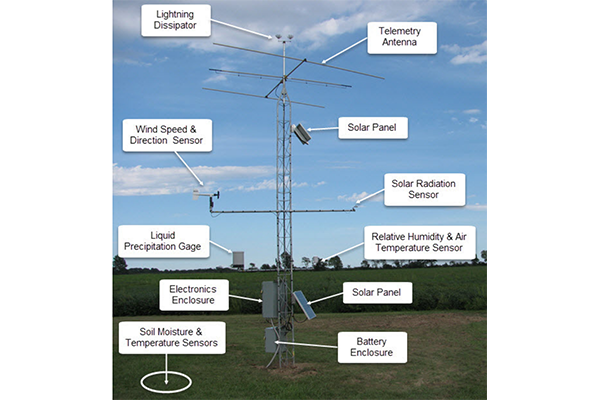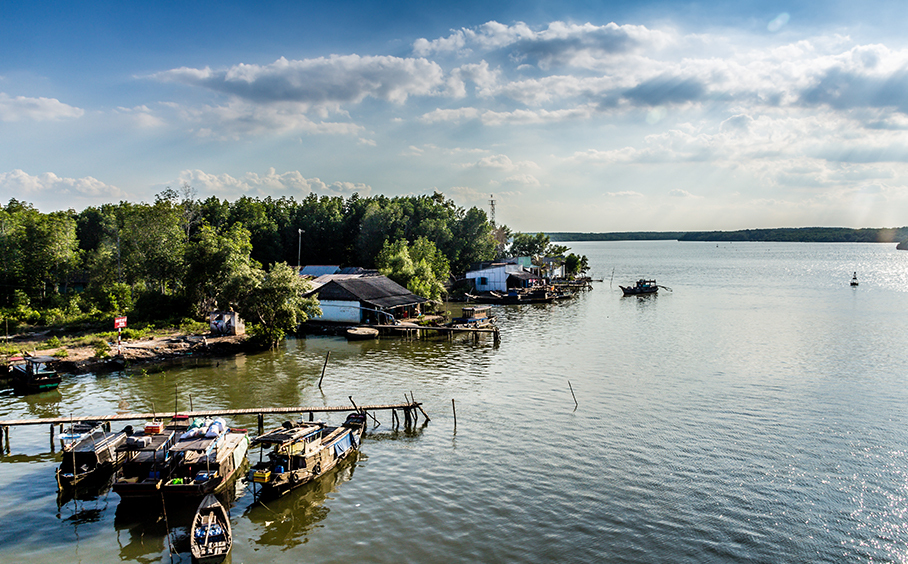
by lpaulson_90 via AdobeStock
Climate change impacts
The U.S. state of Minnesota is increasingly becoming warm and humid, which may have led to the increase in the number of heatwaves. According to the Minnesota State Climatology Office, the average temperature has risen over the last decade, and consequently, the number of days above 20°C has also increased. In Chicago, near Minnesota, the heatwave in 1995 killed more than 700 people, making heatwave preparedness an urgent priority.
Adaptation activity
The Minnesota Department of Health Environmental Impacts Analysis Unit has collected data from different communities and compiled a Minnesota Extreme Heat Tool Kit to enable communities of all sizes to prepare for, and respond to, heatwaves. Six recommendations for addressing the changing weather conditions, the health impacts caused by heatwaves, and extreme heat in Minnesota are (1) identifying lead agencies for implementing plans; (2) establishing criteria for implementation/discontinuation of initiatives; (3) specifying the roles of relevant agencies and organizations; (4) raising awareness; (5) identifying vulnerable communities using the Geographical Information System (GIS) and creating a risk map (6) reviewing the efficacy of mitigation initiatives. This toolkit provides different responses to heatwaves, depending on the size and nature of the community.
Outputs / Expected benefits
The Minnesota Extreme Heat Toolkit encompasses different adaptation measures and is expected to be useful for health departments and crisis managers responding to heat hazards.

Fig. Identification of Vulnerable Populations Using GIS
(Source: Minnesota Climate and Health Program “Minnesota Extreme Heat Toolkit”)




